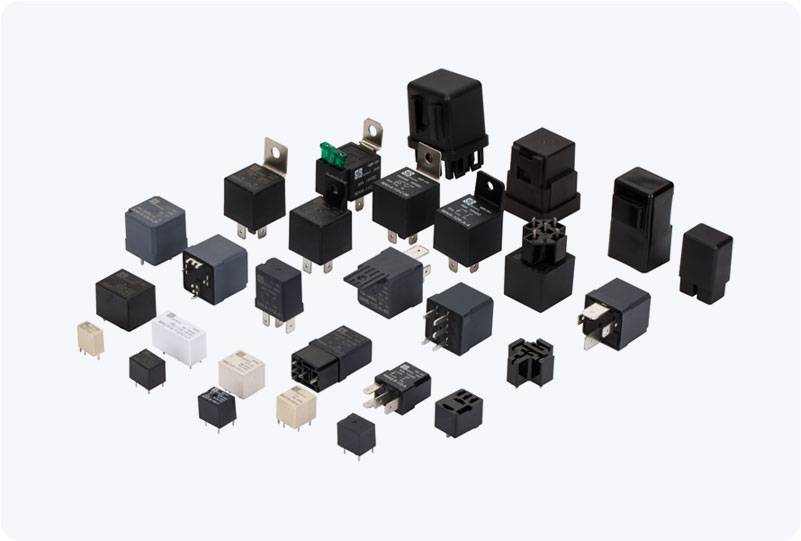Electromechanical relays (EMRs) are one of the foundational components in the world of electrical and electronic systems. These devices, though somewhat overshadowed by newer, solid-state alternatives in some applications, still hold significant value in a wide range of industries. From simple control systems to advanced automation, electromechanical relays continue to perform crucial roles. Understanding their construction, operation, advantages, and applications can offer insight into their continued relevance in today’s technology-driven world.

What is an Electromechanical Relay? An electromechanical relay is a type of electrical switch that uses an electromagnet to mechanically operate a set of contacts. The core working principle is simple: when an electric current passes through the coil of the relay, it generates a magnetic field, which causes a movable armature to move. This movement either opens or closes the contacts, thereby controlling the flow of current in a separate circuit. The movement of the armature is typically aided by a spring, ensuring that the relay returns to its default state once the current is switched off.
Leave a Reply